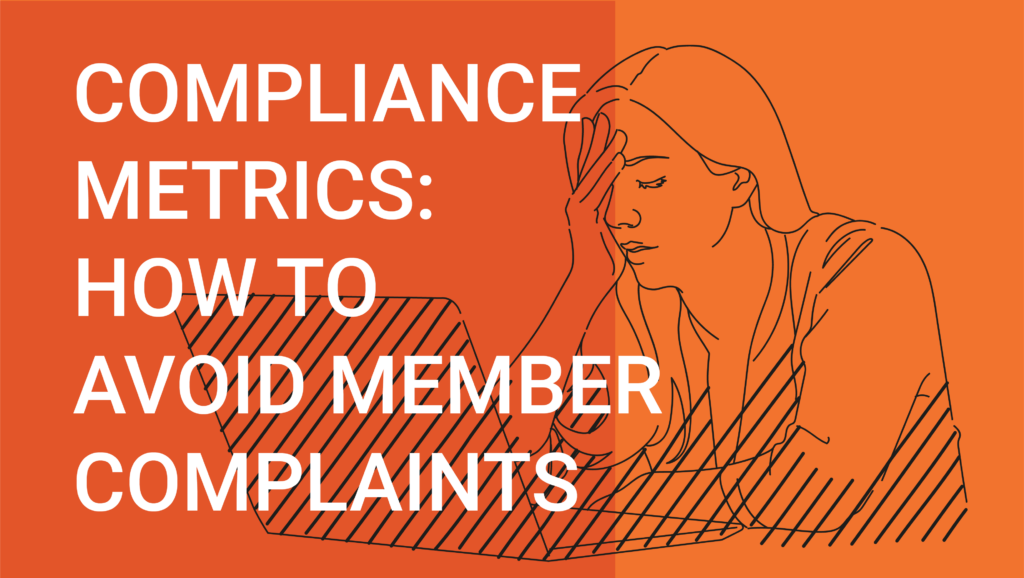To avoid member complaints, you can conduct the sales process compliantly. Explain everything to ensure understanding, confirm your client’s details, verify coverage, review all forms, and follow-up after sales appointments.
Recommend the Plan Best Suited for the Consumer
Once you complete a Needs Assessment with the consumer, you will understand the client’s medical, prescription and financial needs. Perform a plan comparison and recommend the best plan suited for the client based on those needs.
Explain How the Plan Meets Their Needs
Explain how the client’s needs are being met by this plan. Go over the Summary of Benefits page by page, emphasizing the copayment and coinsurance details. A thorough understanding of the costs that the client should expect with the plan is critical for their satisfaction with this plan.
One of those cost discussions that you should include in the sales appointment concerns out-of-pocket maximums. Notify the client that there are no limits on out-of-pocket spending for cost sharing in Original Medicare Part A and Part B. Let them know that a Medicare Advantage plan may limit the annual out-of-pocket maximum that they would pay. Tell the client whether or not the benefit plan you are discussing has an annual limit on the maximum out-of-pocket amount for in-network or out-of-network services.
Explain, in great detail, the benefits of the recommended plan, going over the service area, benefits, coverage, limitations, and rules. Talk about copayments, coinsurance and the provider network. For Part D coverage, explain the plan’s prescription drug formulary, coverage gap, catastrophic coverage, and tiers, along with the Part D penalty.
Confirm
Check to see that the client’s primary care and specialist providers are in the plan’s network. This is when you can determine if they will be in-network or out-of-network and what that will mean for their costs and coverage. Talk about the difference in the types of Medicare Advantage plans and how a Health Maintenance Organization differs from a Health Maintenance Organization Point-of-Sale or Preferred Provider Organization plan. Explain how these plans use networks of contracted providers, and use the Plan Provider Directory or call the provider to verify that they are in-network. Let the client know if the plan will require a primary care provider or referrals for specialist visits.
Verify
Verify medication coverage under the plan and explain which tiers or restrictions will apply to their prescriptions. Let them know if certain pharmacies will be preferred or non-preferred, and ask about any financial assistance that may be available to help the client pay for prescription costs. If your client has Medicaid or a Low Income Subsidy, advise them that the state will determine the specifics for cost sharing.
Review
Talk about all costs with this plan, including copay, deductible, premium and more. Check that the plan you’ve chosen is the plan best suited for the client’s needs.
Review the enrollment form and make sure you have all necessary information needed to submit the application. Verify with the client that they understand all components of the plan, and explain details to fill any remaining gaps in their comprehension.
Follow-up
Submit the application to the carrier the same day you receive it. Encourage clients to contact you or the plan with any questions or issues, and send them a thank you card.
After the appointment, follow-up with the client to make sure they understand the plan.


